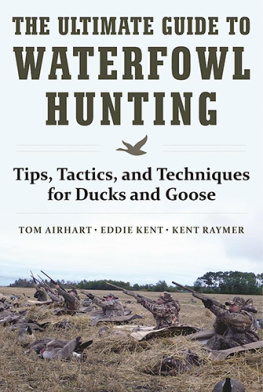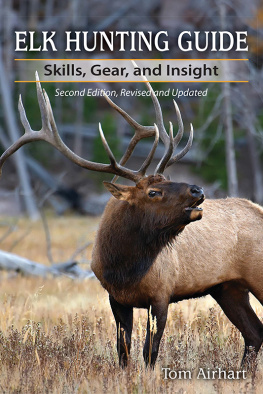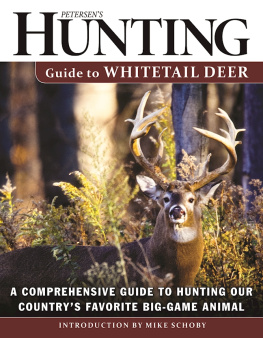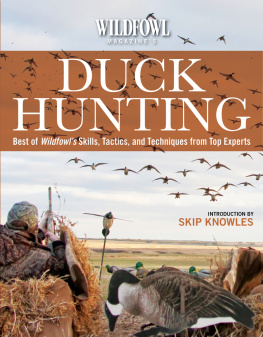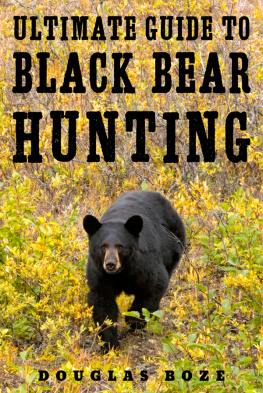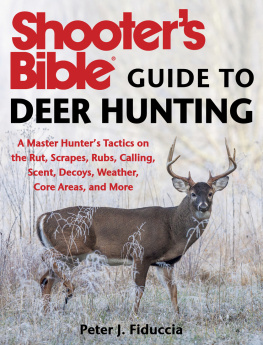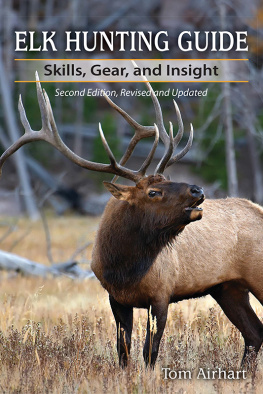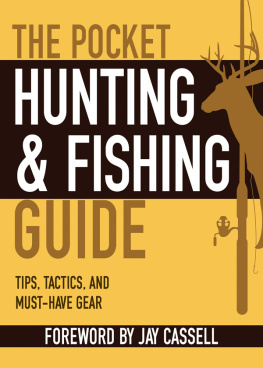Copyright 2017 Tom Airhart, Eddie Kent, and Kent Raymer
All rights reserved. No part of this book may be reproduced in any manner without the express written consent of the publisher, except in the case of brief excerpts in critical reviews or articles. All inquiries should be addressed to Skyhorse Publishing, 307 West 36th Street, 11th Floor, New York, NY 10018.
Skyhorse Publishing books may be purchased in bulk at special discounts for sales promotion, corporate gifts, fund-raising, or educational purposes. Special editions can also be created to specifications. For details, contact the Special Sales Department, Skyhorse Publishing, 307 West 36th Street, 11th Floor, New York, NY 10018 or .
Skyhorse and Skyhorse Publishing are registered trademarks of Skyhorse Publishing, Inc., a Delaware corporation.
Visit our website at www.skyhorsepublishing.com.
10 9 8 7 6 5 4 3 2 1
Library of Congress Cataloging-in-Publication Data is available on file.
Cover design by Tom Lau
Cover photo credit: Jay Cassell
Interior Photos by the authors, unless noted otherwise.
Print ISBN: 978-1-5107-1674-2
Ebook ISBN: 978-1-5107-1675-9
Printed in China
Contents
_______________
Preface
_______________
What in this world were we thinking when we decided to write a new waterfowl hunting how-to book? Answer: there are a lot of new hunters afield and they could use some solid, up-to-date, twenty-first-century hunting information salted with well over a hundred years we accumulated during the century gone by. Welcome folks! Some of the factors that have improved waterfowl hunting for everyone include the expansion of electronic communications, information access, and entertainment; improved Internet search engines that have made all this information readily available; improvements in the availability of ducks and geese; real-time, accurate information on bird migrations and on weather patterns; plus, travel is now reasonably affordable, so that a dream trip to a faraway or not-so-faraway hunting mecca is within the reach of those of us of modest means. These are the new good old days. Credit goes to a lot of people who care. The ending of the drought down the center of North America sure hasnt hurt either.
We believe that the fascinating world of waterfowl hunting (or wildfowling or waterfowling, if you prefer) has been, up to now, too wide and too deep to be covered in detail by a single volume. It would take a better library than most of us could assemble, much less read and assimilate, and still fit some hunting and practice shooting into our schedule. The solutions up to now have either been a very general coverage of the big picture, or a more detailed effort that covers a specific aspect of waterfowl hunting, such as identification; calling and decoying; wingshooting; retriever training; boats; and decoy arrangements. This book is intended to be different, to cover it all in as much detail as the reader can stand. Weve made pointers throughout for the reader to combine all of that information with our years of inexperience. The interesting terms can be searched on the Internet. Using search engines, you can turn these words into your own gargantuan library. Limitless information, experience, and, sometimes, informative opinions reside, online, just waiting for you. Most of the terms can be found in topic headings.
Internet or not, well cover the total spectrum of waterfowl hunting. Well cover it in enough detail for you to know whats going on, to be able to go hunting on your own, then dive into any specialty as far as you can stand. Weve intended to hit all of the topics. There are detailed instructions to help you adequately master the fundamentals of all aspects of hunting ducks and geese. There are practice techniques designed to make you consistently successful. The emphasis is on ducks and geese because thats what most hunters are after.
We follow a progression: simple and inexpensive to begin, then progressively more complicated and not so inexpensive. This approach will help you gain experience and decide if you want to take the next steps as you become ready on your own. As an alternative, you can assimilate that progression through these pages and begin greater adventures with the assistance of professional outfitters and guides. Most waterfowl hunters seem to progress eventually into specializing in a specific type of waterfowl hunting: ducks or geese; small or big water; lots of hunting of familiar local areas or a few long-anticipated adventures in remote locations; or, the eternal amateur, always sampling something different. Newcomers to the waterfowl hunting world, and maybe some of the old-timers whove fallen into a rut, could use an up-to-date source of information and instructions for all aspects of the sport.
We recommend that the beginner first go after ducks on small waters. Why? Why not make it about hunting ducks everywhere? Heres the deal. If you cant get em on small water, you cant get em anywhere. Solve that, and youre ready to handle the corollary, which is where the real wisdom resides. If you can get em on small water, you can get em anywhere, from small water close to home to far marshes or big waters. Far, really far, extends to every continent around the globe. But well try to contain ourselves to our own backyard: North America.
Our intent is to make this project the waterfowl hunting guide for everybody: for the casual reader with a beginning interest in the topic, it can be reviewed by scanning the illustrations and reading the captions to get the general idea the easy, entertaining way; for the reader seriously thinking about or committed to that first hunt, or who has made a few trips without having any luck, its our take on how to be successful; finally, for the dedicated, experienced, hell-bent hunter, there will be at least some stuff you havent seen before.
Introduction
_______________
First get the feel; then the facts.
The Essence of the Hunt
Well approach duck and goose hunting the way a marsh comes out of the dark and haze of early morning. Lets say its your first time duck hunting, probably with a duck hunting friend. You set up and get all ready and its so dark you cant see a duck unless it lands in your lap; then you can see the old dog, actually almost in your lap, turning his head and looking with his ears; you see that the black above is turning dark gray; then theres water to your front; the bank and the shapes of your hunting buddies off to the side come into view, then the decoys. Suddenly its shooting light. Shootin time? Times good. The Lab turns to look downwind to our front. He whines. Shapes whistle in. Take em! Slightly felt recoil and orange spouts of flame into the dark. Baaackkk! The dog explodes into the water. And youre seeing dark turn to simple shapes that turn to marsh below and limitless sky above. Starting from blackness, you can now see and feel it all.
Well start with the progression mentioned in the preface, the least complicated, least expensive duck and goose hunting, and cover it in detail; then well progress into duck hunting as a shared experience with good companions close to home, or as high adventure, with tips on how to survive it.
Ducks and Geese
Ducks and geese have optimally adapted to their aquatic habitat over a very long time. Theirs is predominately a terrestrial world on a transcontinental scale, yet their habitat consists of the aquatic nooks and niches scattered across or narrowly stretching through the expanses of dry land. For many, habitat will include feeding areas in cultivated fields.
According to the fossil record, the history of waterfowl goes all the way back to a time when birds were evolving from specialized dinosaurs. Fast-forward about 100 million years, give or take, up to the present. The current dominant species have recently evolved during the extended period of recurring ice ages punctuated by periods of abrupt warming cycles. A short while back, on the timescale were using, humans came upon the scene. Prior to written history, subsistence hunting with primitive gear and equipment came to include waterfowl hunting. The few decoys preserved and uncovered would indicate that primitive hunters used some of the same methods, if not the same equipment, as the bunch going out early tomorrow morning. Within the micro-time of present human history, there has been overexploitation of waterfowl resources followed by a conservation movement actively supported by waterfowl hunters.

